Most Frequently Asked Massage Therapy Questions | Answers & Tips
Massage therapy is a popular wellness treatment that offers physical and mental benefits. Whether you want to reduce pain, relieve stress, or boost overall health, understanding massage therapy can help you get the most out of your sessions. Below is a comprehensive FAQ guide answering common questions about massage therapy, including techniques, prices, and tips.
What Is Massage Therapy?
Massage therapy is a hands-on treatment involving the manipulation of muscles and soft tissues to improve circulation, reduce muscle tension, relieve pain, and promote relaxation. Performed by licensed massage therapists, its used for both medical and wellness purposes.
What Is the Main Purpose of Massage Therapy?
The main purpose of massage therapy is to:
-
Relieve chronic and acute pain
-
Reduce muscle tension and stiffness
-
Improve blood flow and lymphatic circulation
-
Promote relaxation and reduce stress
-
Enhance mobility and flexibility
Massage therapy supports both physical healing and mental well-being.
What Does a Massage Therapist Do?
A massage therapist evaluates your needs and customizes treatments using different massage techniques. Their goal is to alleviate pain, reduce tension, improve your range of motion, and promote overall health. Therapists maintain professional boundaries and create a safe, relaxing environment.
Why Are Goals Important in Massage Therapy?
Setting clear goals helps the therapist tailor treatments to your unique needs, ensuring measurable progress and effective relief. Whether your goal is pain management, injury recovery, or stress reduction, goals keep therapy focused and productive.
How Much Does a Massage Cost on Long Island?
On Long Island, a typical 60-minute massage session costs between $70 and $120. Prices may vary depending on the type of massage, the therapists experience, and the location of the spa or clinic. Specialty massages or packages may cost more.
Can I Touch My Massage Therapist?
No. Maintaining professional boundaries is essential. Clients should not touch their massage therapist. Any necessary physical contact during treatment is initiated only by the therapist within a professional context.
What Is the Most Popular Massage Therapy?
Swedish massage is the most popular massage therapy type. It features long, smooth strokes and gentle kneading designed for relaxation and improved circulation, making it suitable for beginners and those seeking stress relief.
What Are the 5 Basic Techniques of Massage Therapy?
The five fundamental massage techniques include:
-
Effleurage Long, gliding strokes for relaxation and warming muscles
-
Petrissage Kneading and rolling to loosen tight muscles
-
Tapotement Rhythmic tapping to stimulate nerves and muscles
-
Friction Deep circular movements targeting adhesions
-
Vibration Rapid shaking to relax muscles and stimulate circulation
Which Massage Technique Is Best?
The best technique depends on your goals:
-
Swedish Massage: Best for relaxation and stress relief
-
Deep Tissue Massage: Best for chronic pain and muscle tightness
-
Sports Massage: Ideal for athletes to prevent injury and enhance performance
-
Trigger Point Therapy: Targets specific painful knots
Consult a licensed massage therapist to find the ideal technique for you.
Which Massage Is Best for Pain Relief?
Deep tissue massage and trigger point therapy are most effective for pain relief. These techniques target deeper muscle layers and specific pain points to reduce tension and promote healing. For those seeking professional treatments, clinics like North Nassau Acupuncture often combine these massage therapies with acupuncture for enhanced pain management.
How Many Types of Massage Therapy Are There?
There are over 80 different massage therapy styles worldwide, including Swedish, deep tissue, shiatsu, Thai, hot stone, aromatherapy, reflexology, and more.
What Is the Difference Between Massage Therapy and Regular Massage?
Massage therapy refers to professional, licensed treatments with therapeutic intent, often targeting specific health issues. Regular massage may mean non-therapeutic or casual massages, not necessarily performed by licensed therapists.
What Are the Advantages of a Full-Body Massage?
A full-body massage:
-
Relieves tension throughout the body
-
Enhances blood and lymph circulation
-
Promotes deep relaxation and reduces stress
-
Improves flexibility and joint mobility
Its a comprehensive way to support overall health and well-being.
What Is Massage Therapy Used For?
Massage therapy is used for:
-
Pain relief and muscle relaxation
-
Stress and anxiety reduction
-
Injury rehabilitation
-
Improving circulation and mobility
-
Enhancing overall wellness
Massage Therapy vs. Physiotherapy: Which Is Better?
Massage therapy focuses on muscle and soft tissue manipulation, primarily for pain relief and relaxation. Physiotherapy uses exercises, manual therapy, and technology to rehabilitate injuries and restore function. Both have unique benefits; the choice depends on your health needs.
Is a Full-Body Massage Good?
Yes! A full-body massage is generally beneficial, promoting relaxation, reducing pain, and improving circulation. However, consult your doctor if you have medical conditions before scheduling a full-body session.





















![Top 11 Real Estate Mobile App Developers in Riyadh, Saudi Arabia [2025 Edition]](https://www.philadelphialivenews.com/uploads/images/202506/image_430x256_68621a9e48997.jpg)










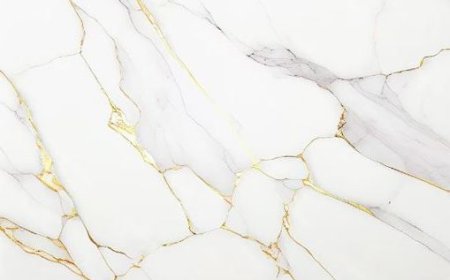

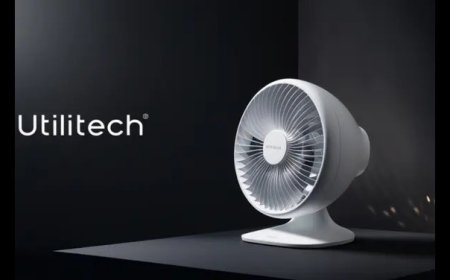


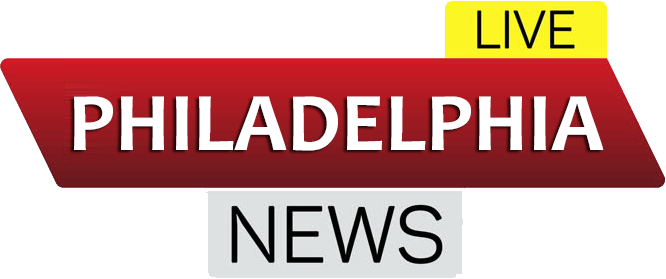
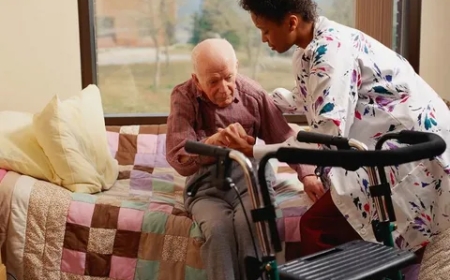

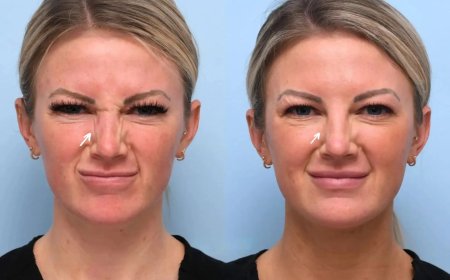



![Top 11 Real Estate Mobile App Developers in Riyadh, Saudi Arabia [2025 Edition]](https://www.philadelphialivenews.com/uploads/images/202506/image_140x98_68621a9e4a204.jpg)